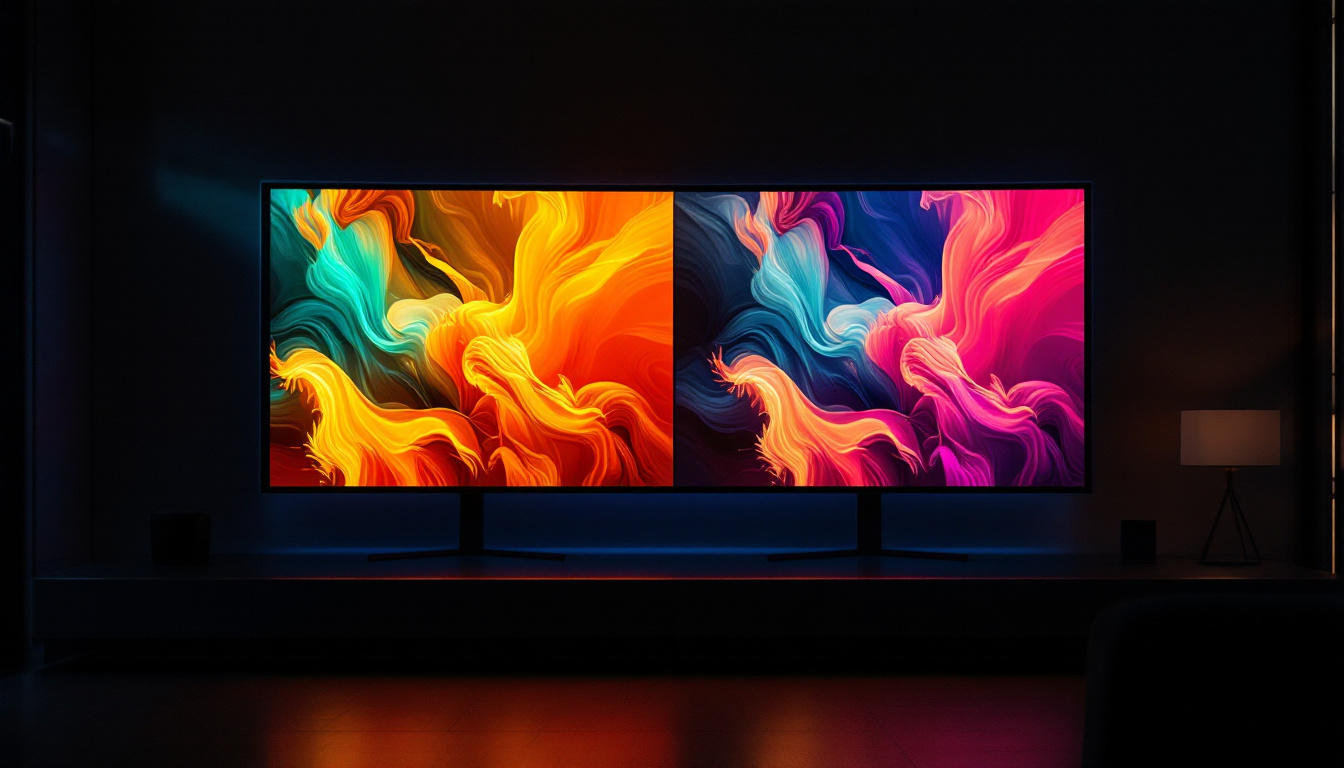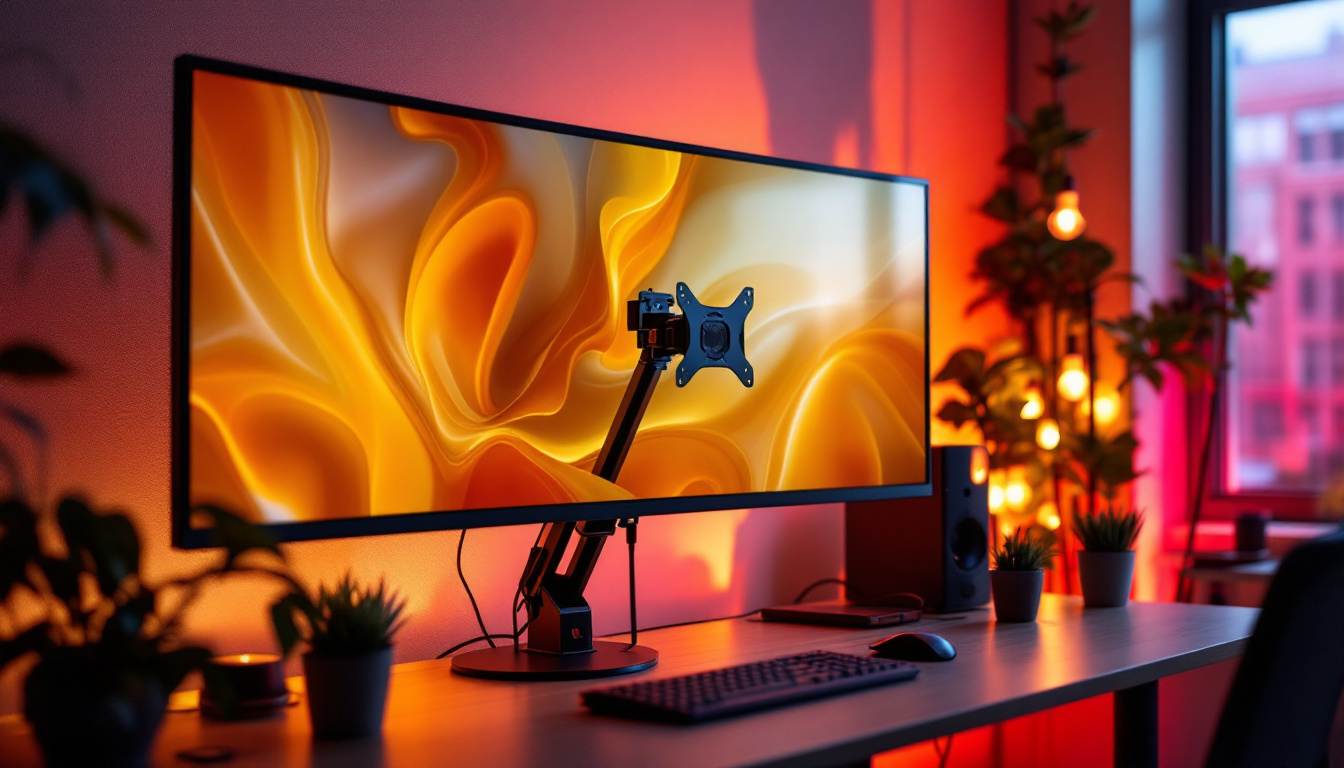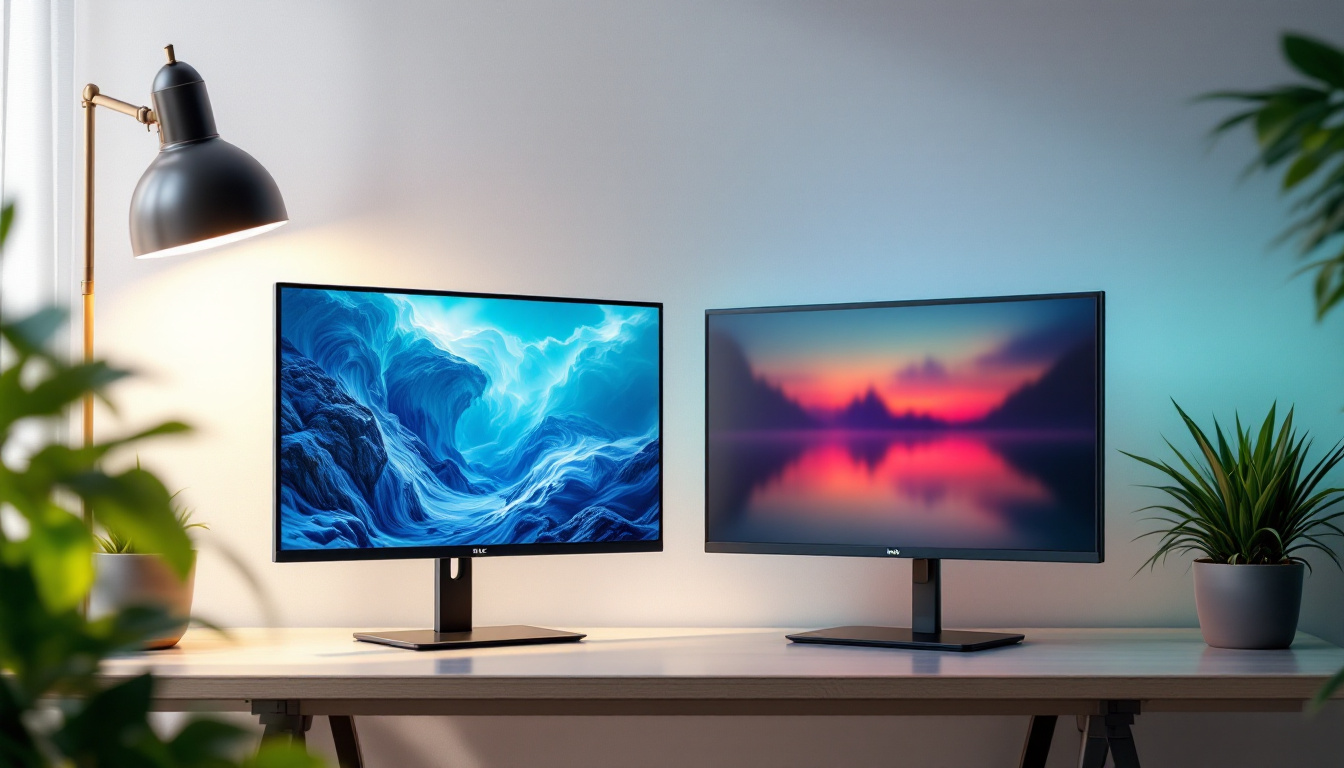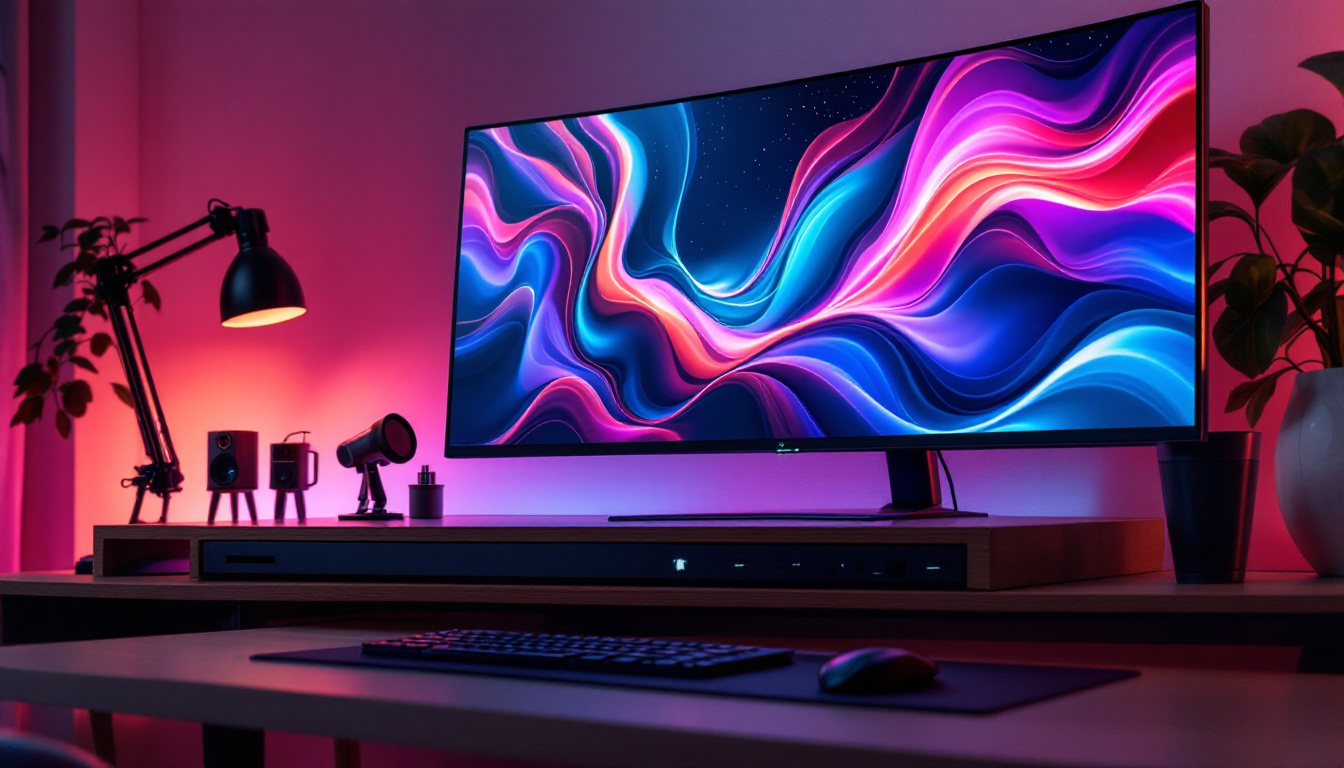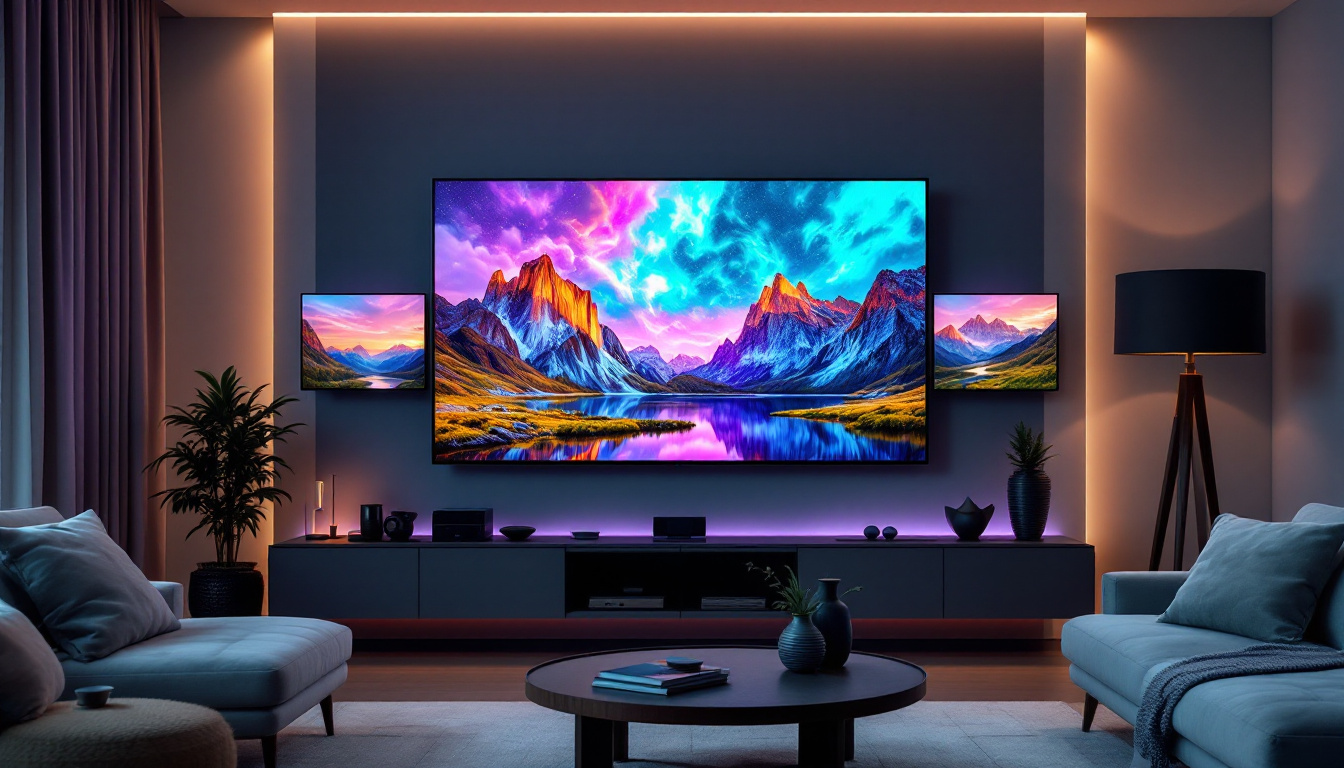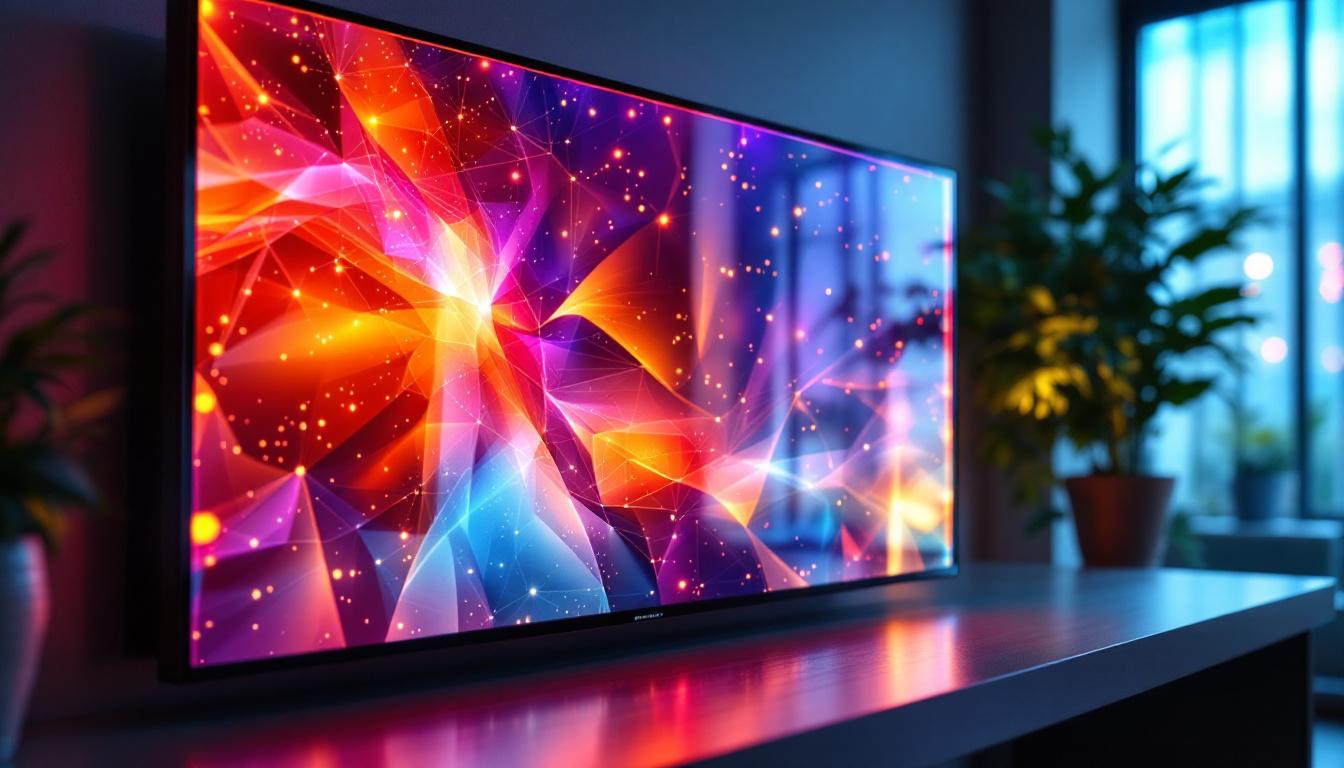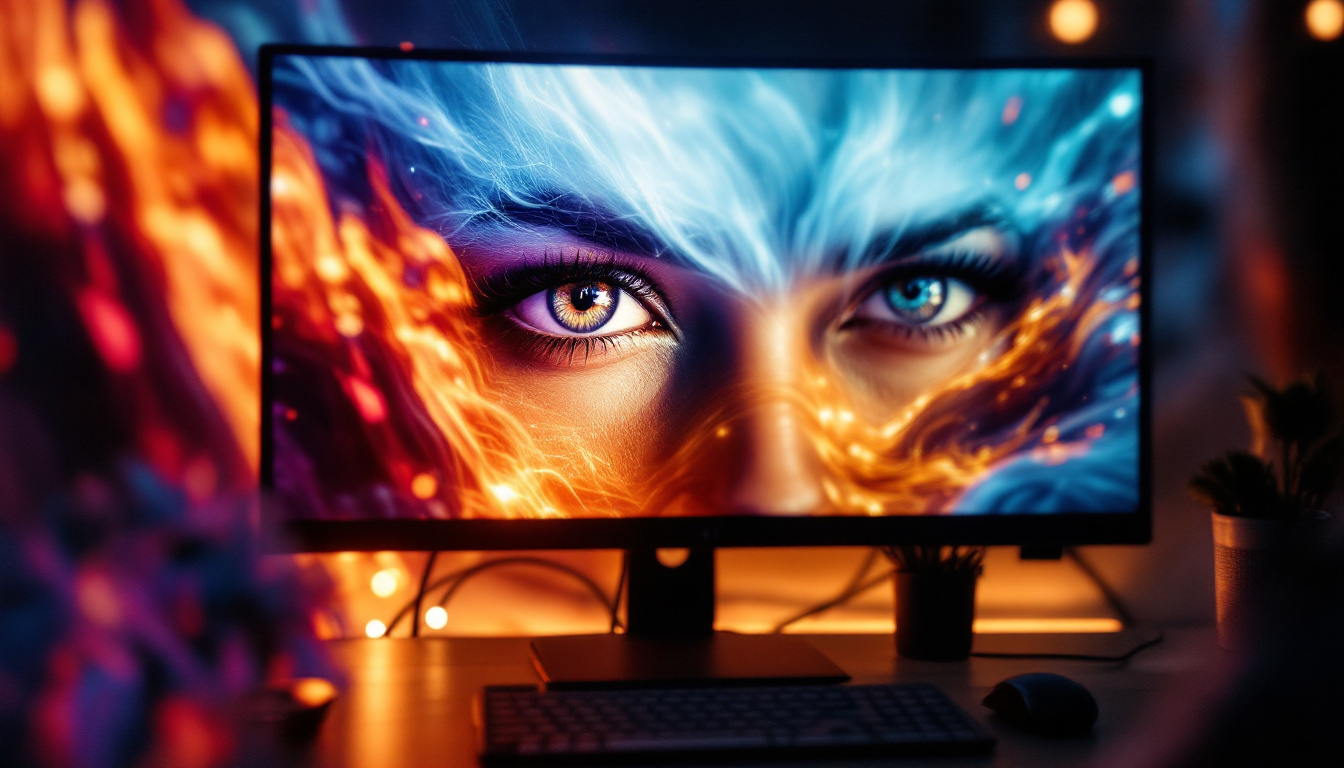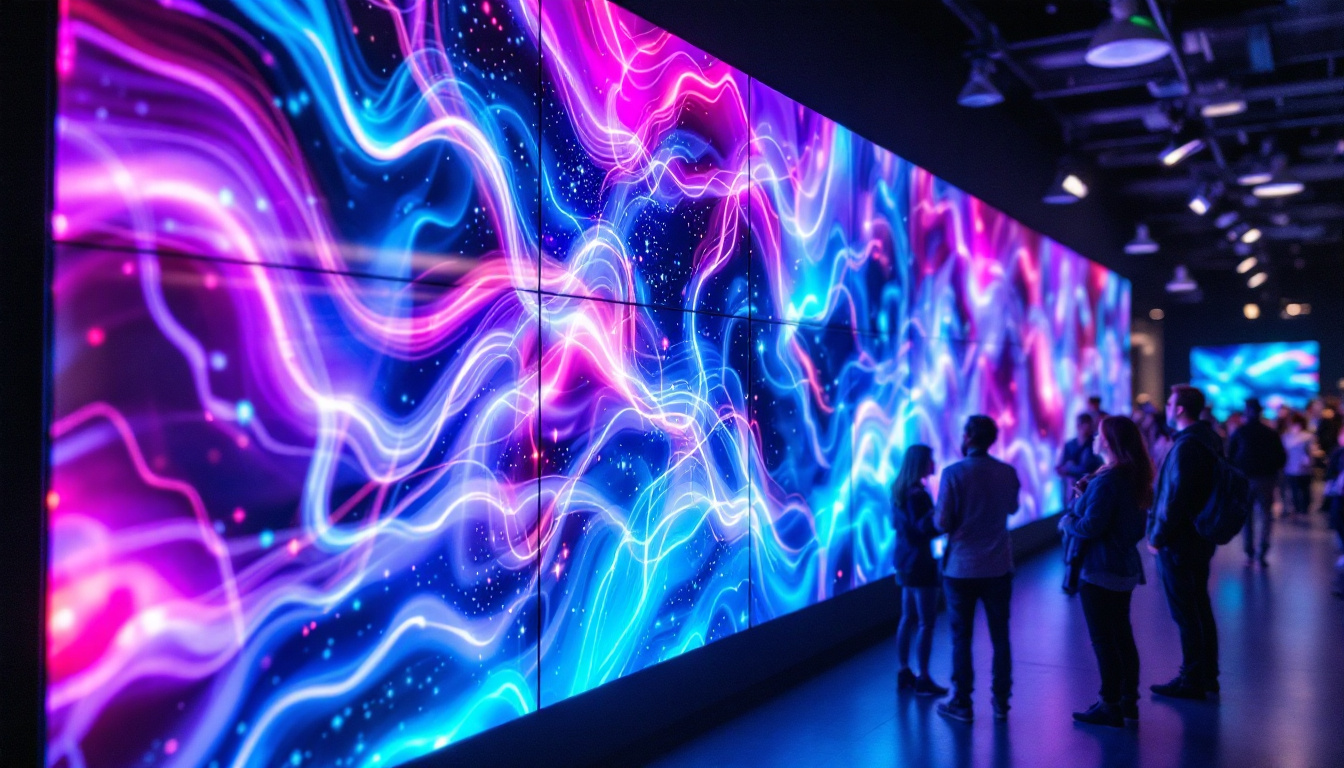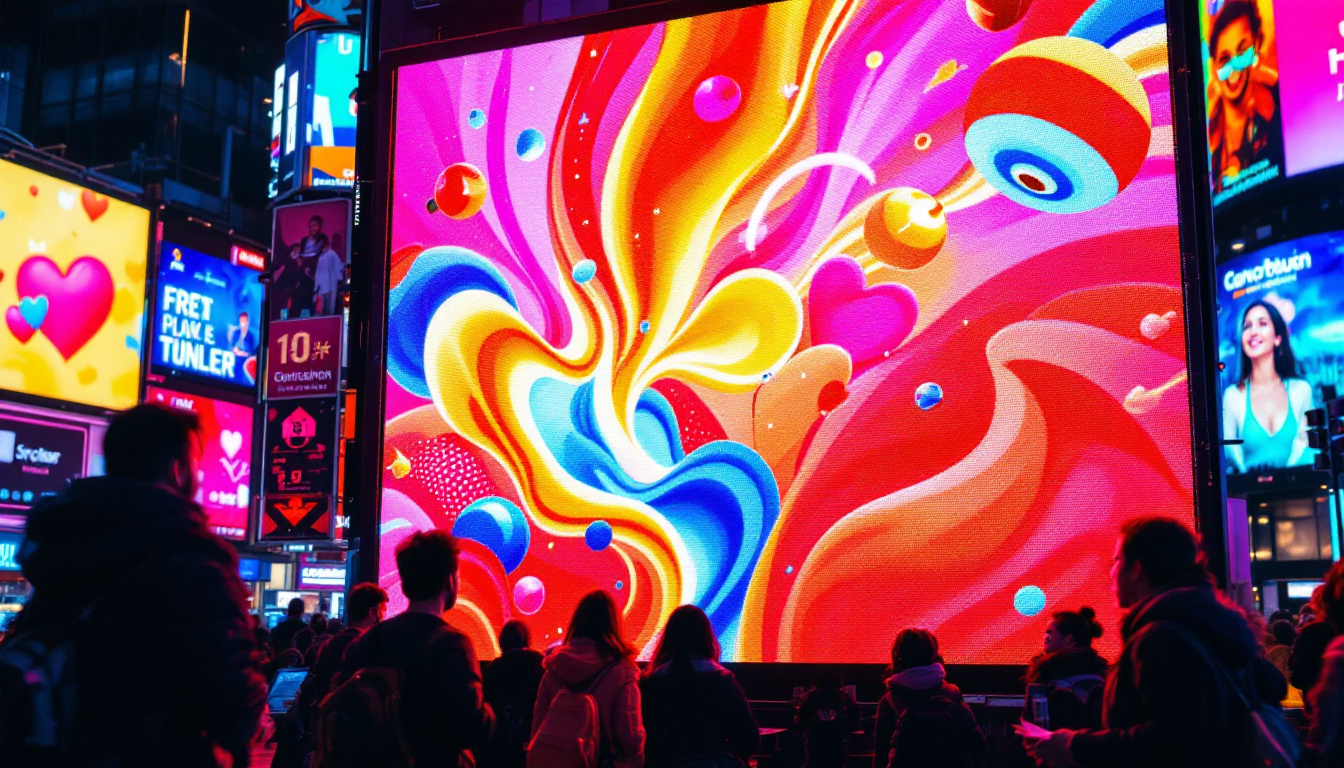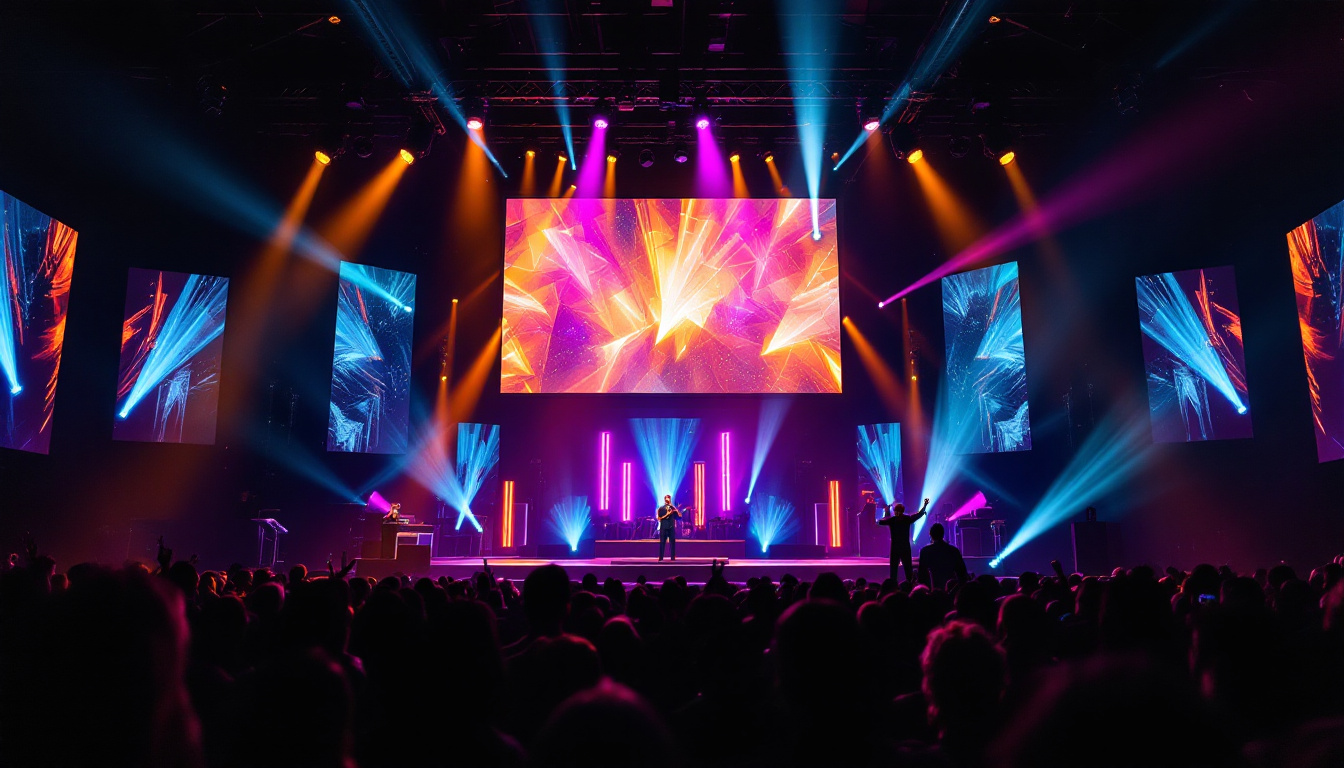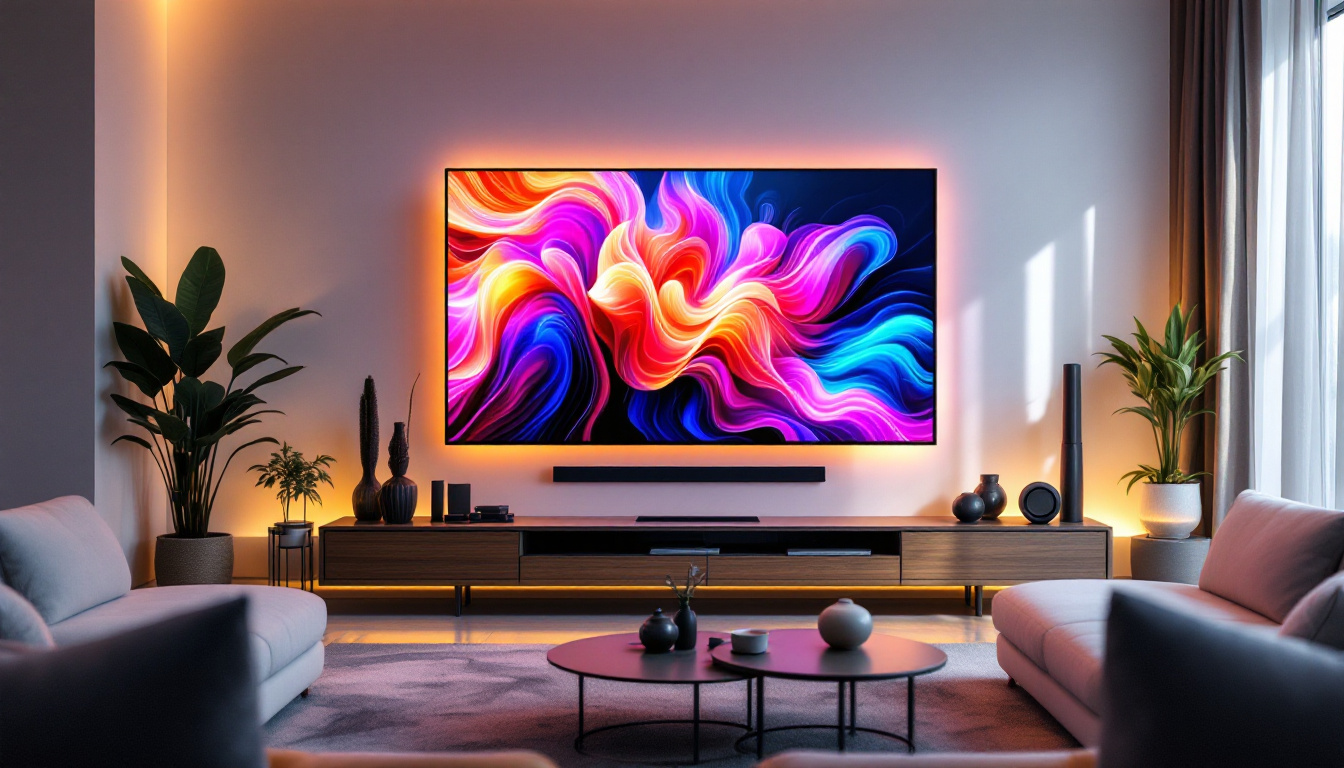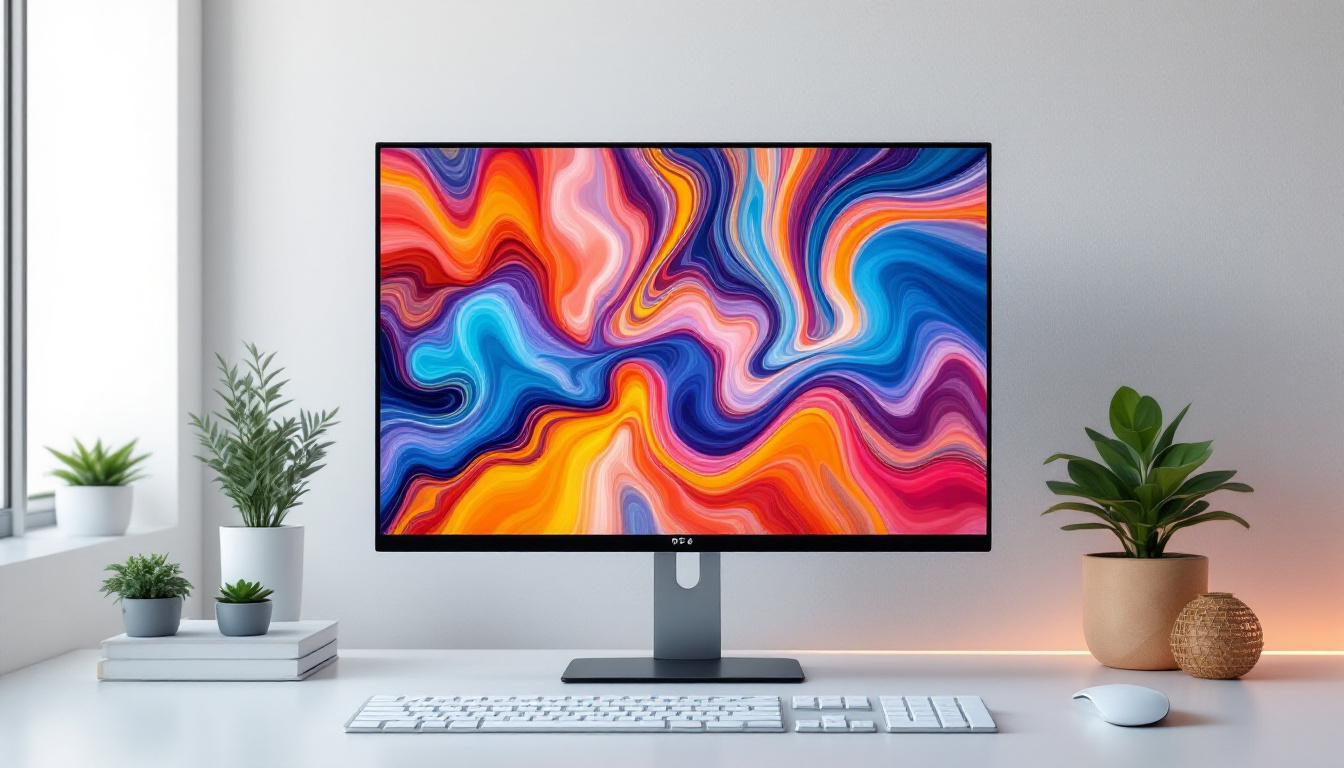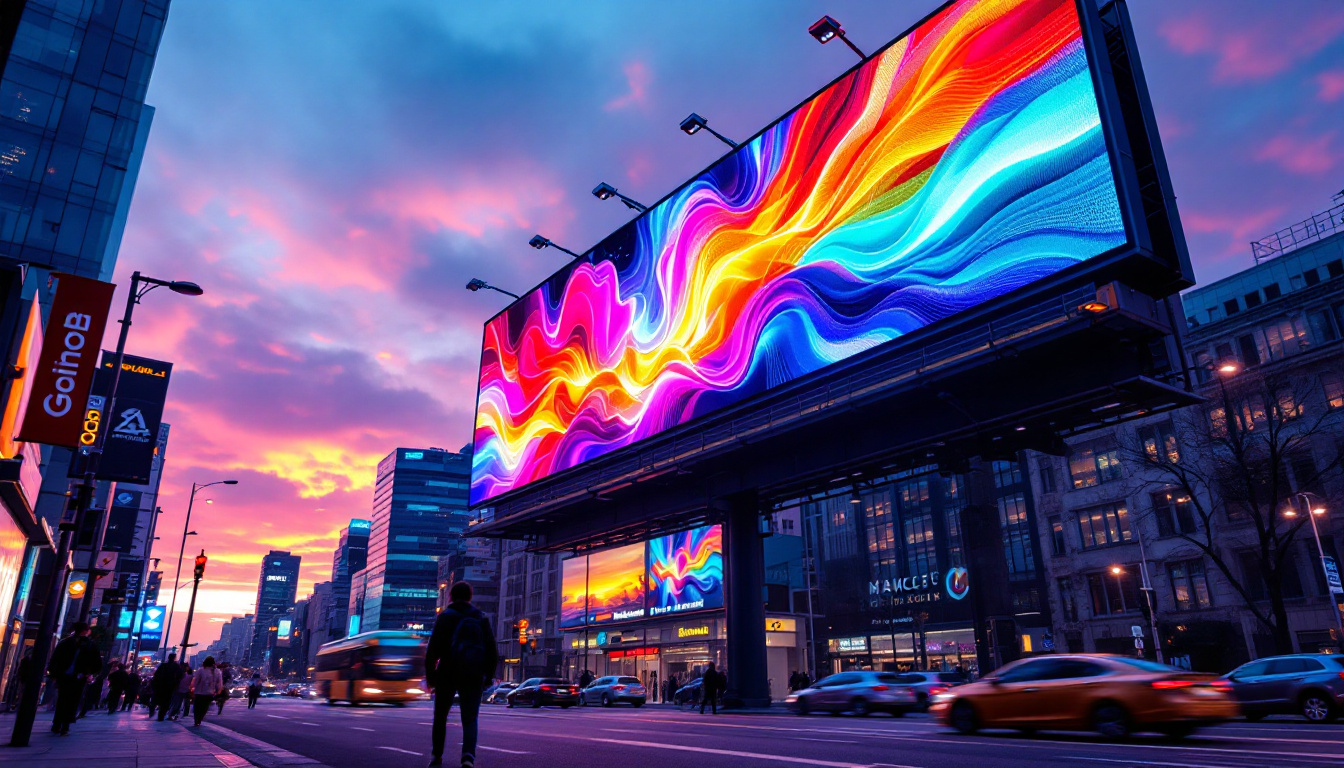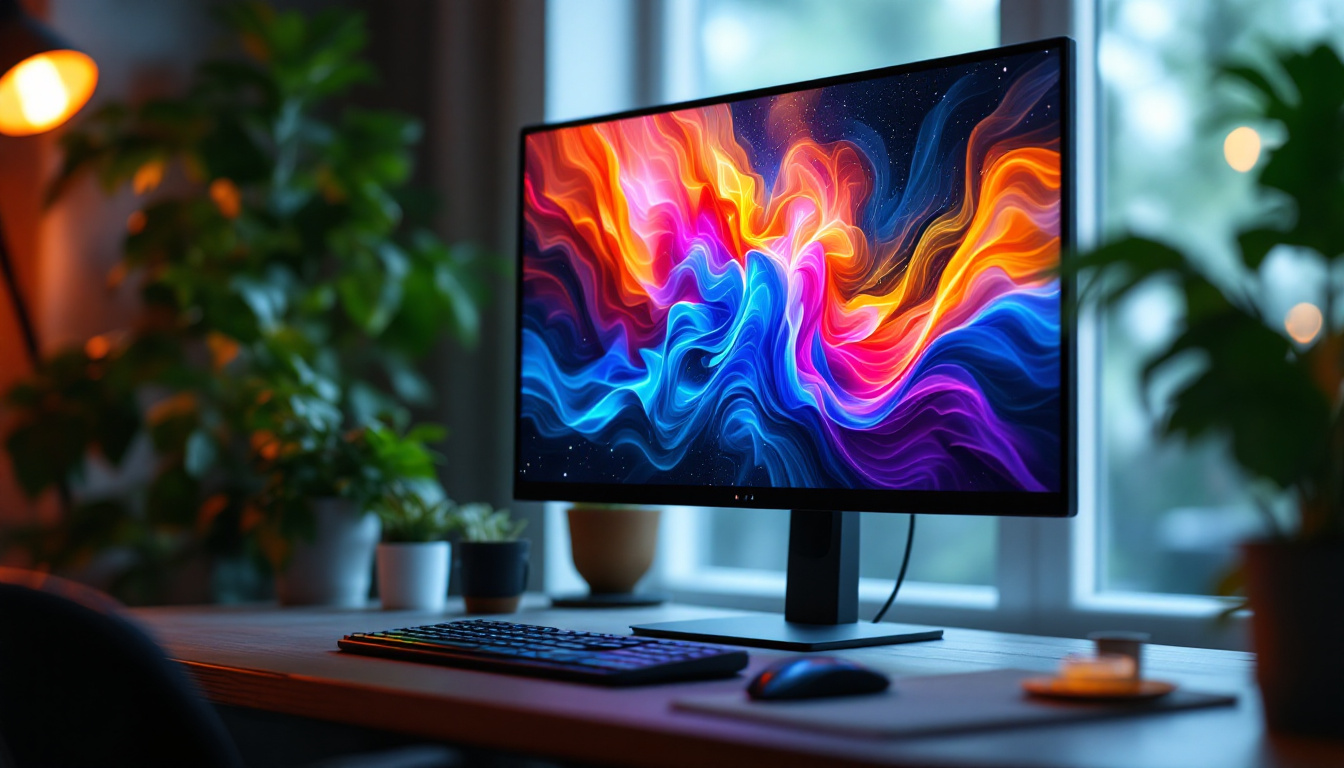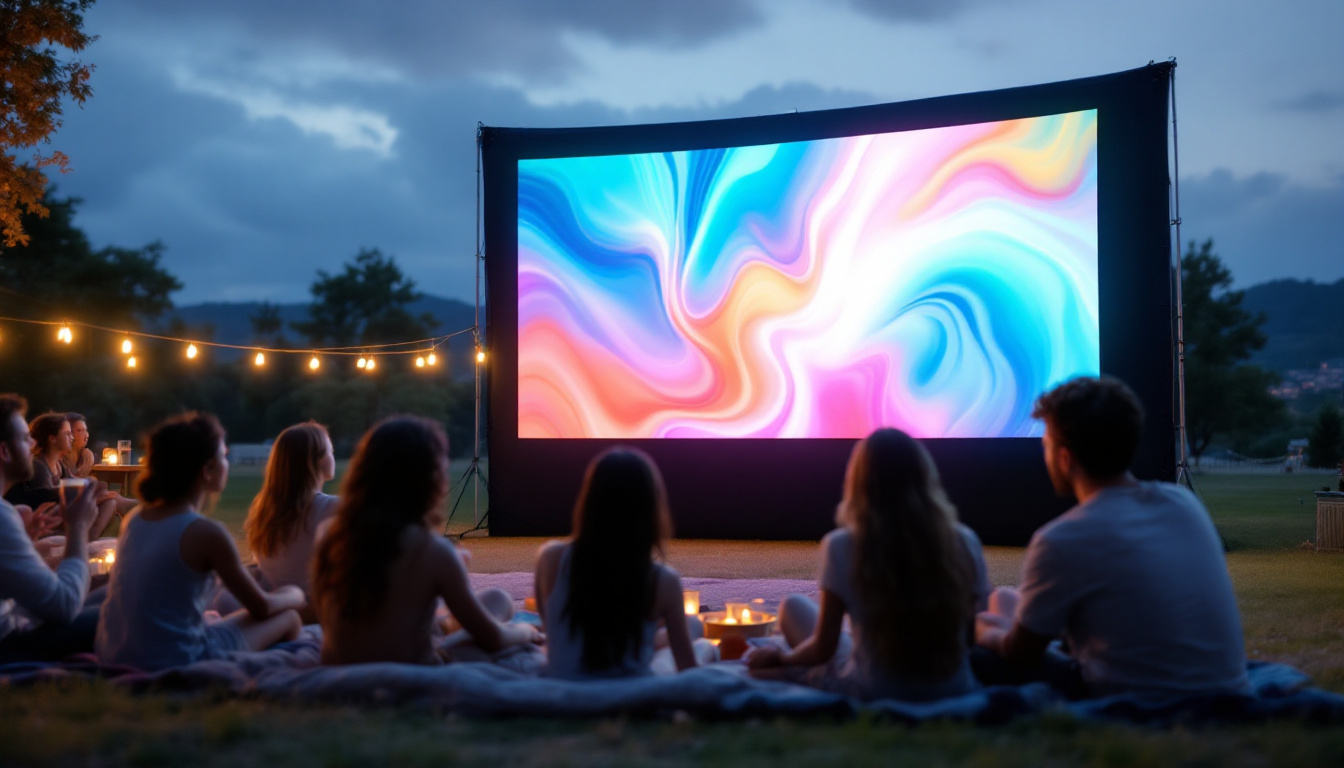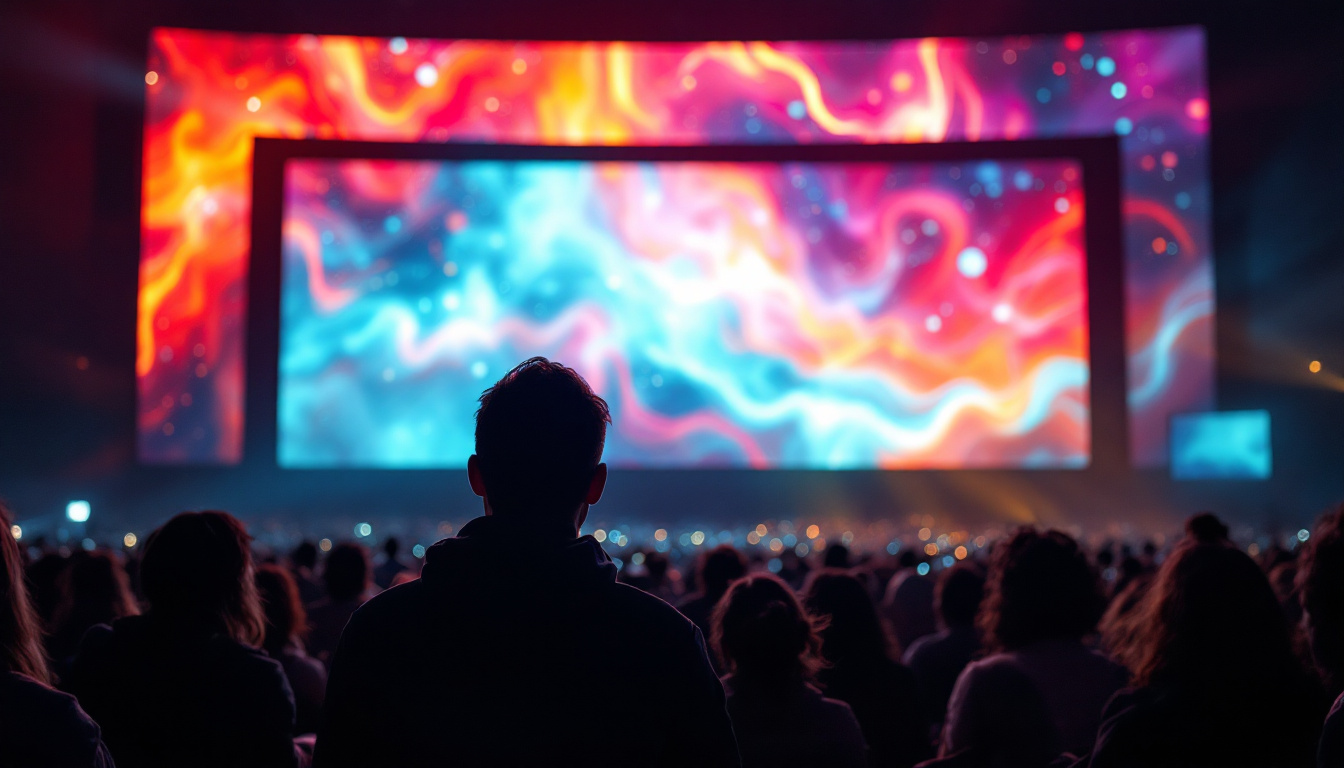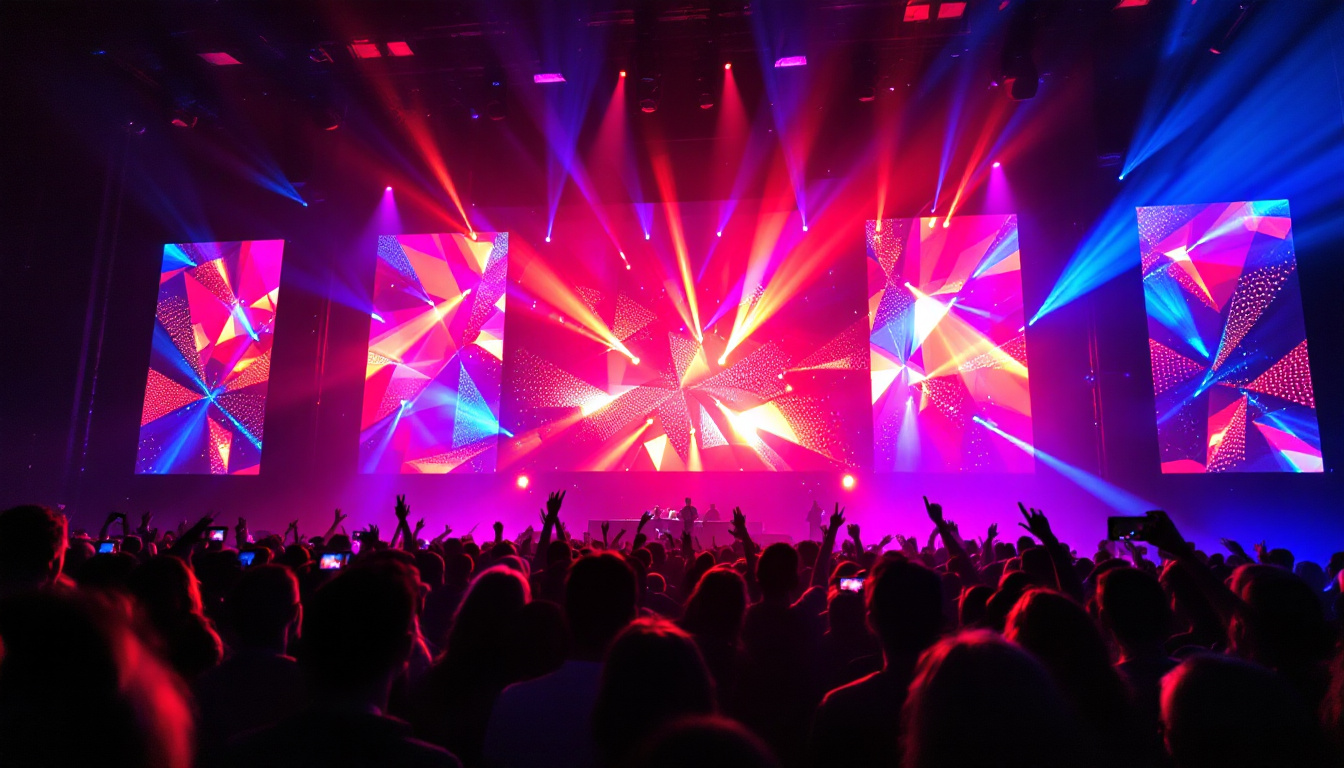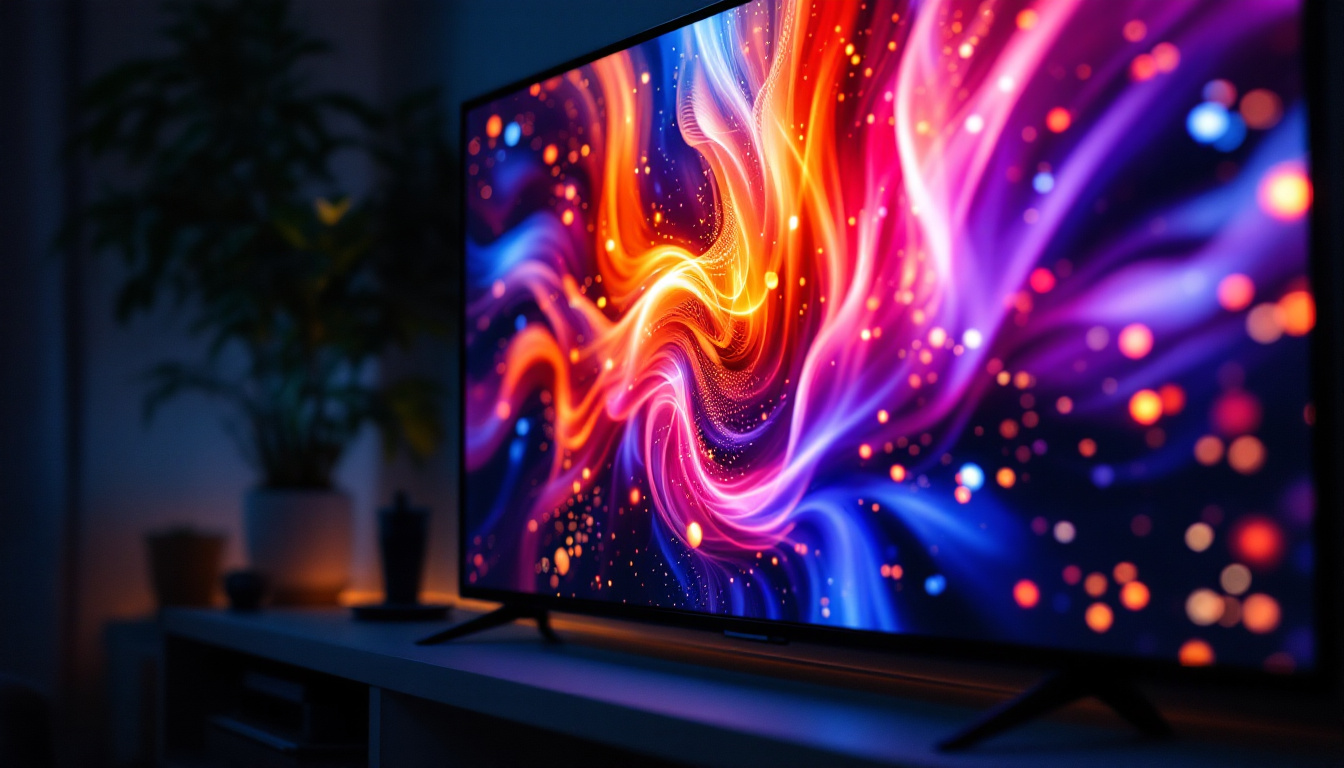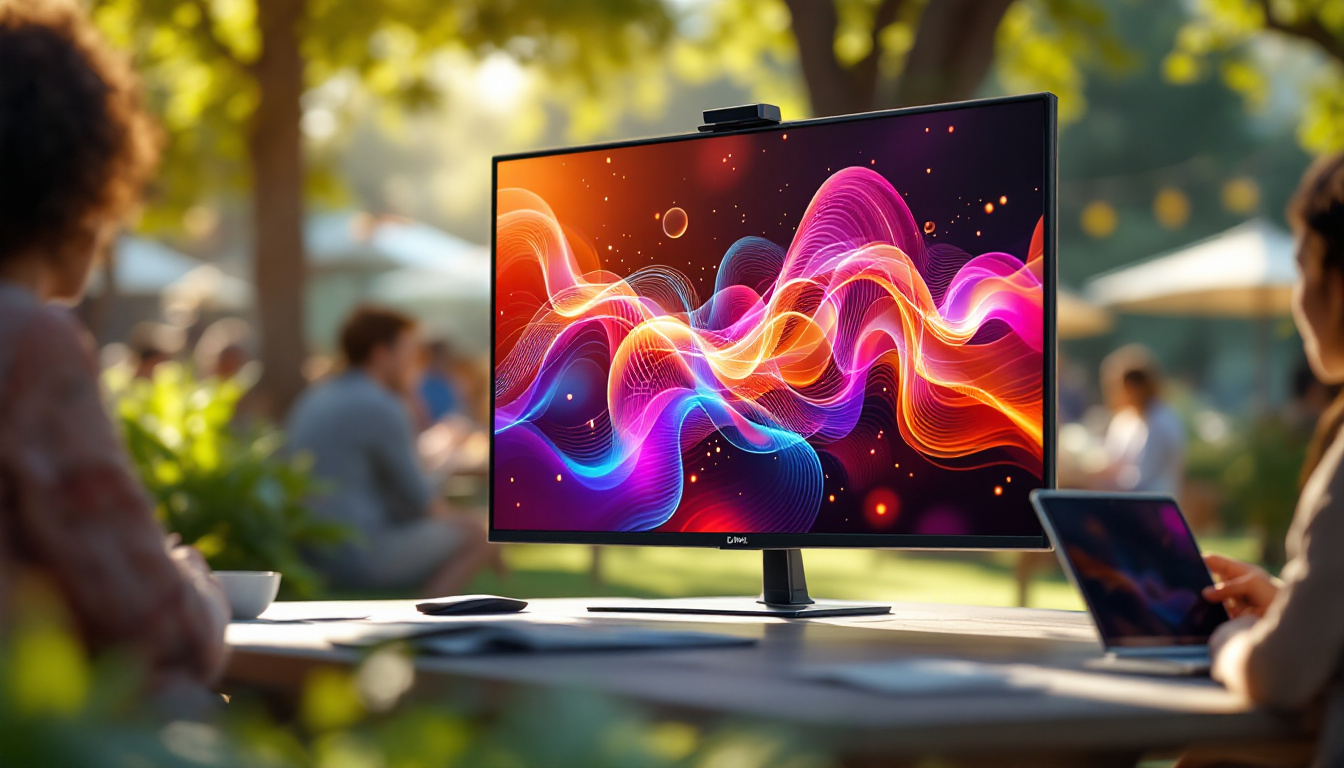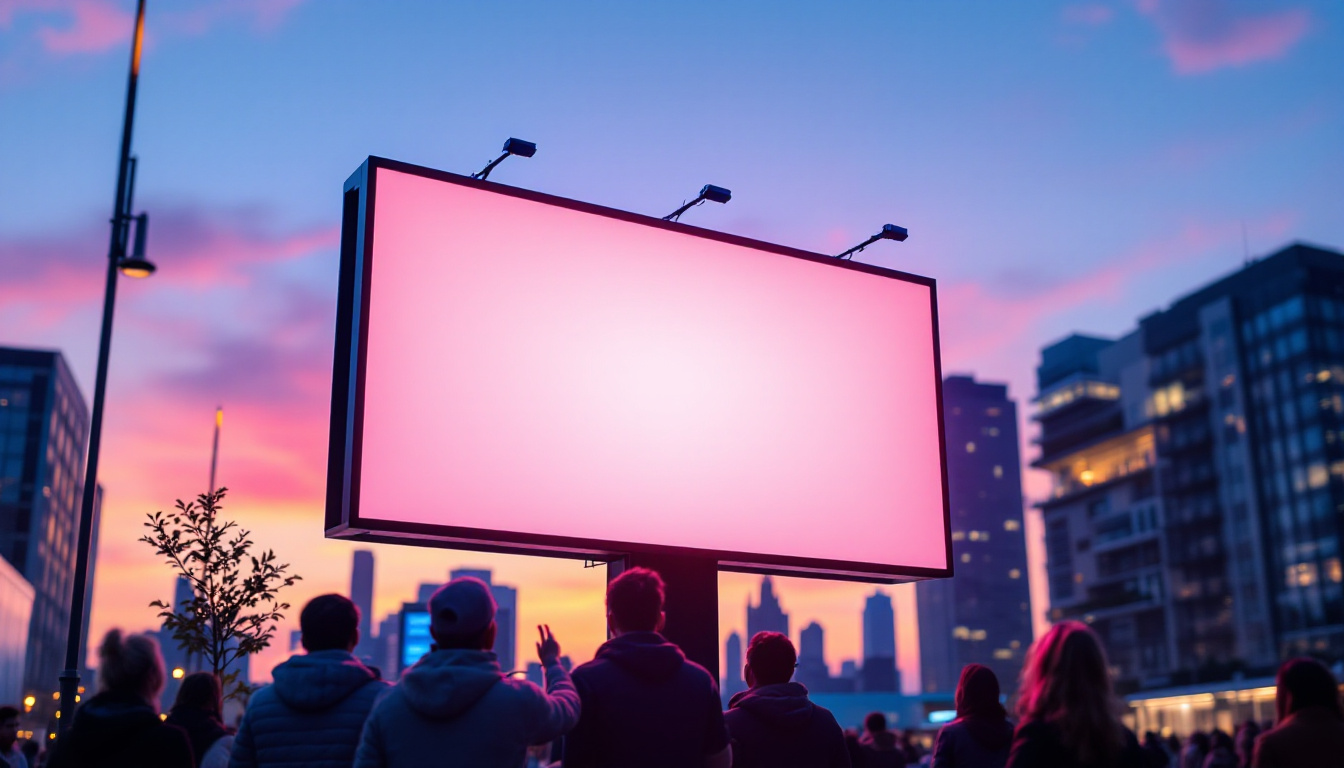The evolution of display technology has transformed the way audiences experience visual content, especially in cinemas and home entertainment systems. Among the various options available, Screen X and standard LED displays have gained significant attention. This article delves into the differences between these two technologies, exploring their features, advantages, and ideal use cases.
Understanding LED Display Technology
LED (Light Emitting Diode) displays have become ubiquitous in modern visual technology, thanks to their efficiency and vibrant color reproduction. At their core, LED displays use semiconductor materials to emit light when an electric current passes through them. This fundamental principle allows for the creation of bright, energy-efficient screens. The technology has evolved significantly over the years, leading to advancements that enhance not only the display quality but also the user experience. For instance, the introduction of HDR (High Dynamic Range) in LED displays has allowed for a broader range of colors and improved contrast, making images appear more lifelike and immersive.
Types of LED Displays
There are primarily two types of LED displays: direct-lit and edge-lit. Direct-lit displays have LEDs positioned directly behind the screen, providing uniform brightness across the entire surface. In contrast, edge-lit displays have LEDs placed along the edges, which can lead to varying brightness levels and potentially less accurate color representation. The choice between these types often depends on the intended use; for instance, direct-lit displays are typically favored in environments where color accuracy is paramount, such as graphic design studios or medical imaging, while edge-lit displays may be sufficient for general consumer use.
Additionally, within the realm of LED technology, there are variations such as OLED (Organic Light Emitting Diode) and QLED (Quantum Dot LED). Each type offers unique benefits, but the fundamental LED technology remains the backbone of these innovations. OLED displays, for example, feature self-emissive pixels that can turn off completely to achieve true blacks, while QLED technology utilizes quantum dots to enhance color accuracy and brightness. These advancements highlight the ongoing evolution of display technology, catering to diverse consumer preferences and applications.
Advantages of LED Displays
LED displays are celebrated for their brightness, energy efficiency, and longevity. They can produce vibrant colors and deep blacks, especially when compared to traditional LCD screens. Moreover, LED technology is less prone to burn-in issues, making it a reliable choice for continuous use in various settings. This durability is particularly advantageous in commercial applications, where displays need to operate for extended periods without degradation in quality. Furthermore, the low power consumption of LED displays not only reduces electricity costs but also contributes to a smaller carbon footprint, aligning with growing environmental concerns.
Another significant advantage is their versatility. LED displays can be found in various formats, from small screens in handheld devices to massive screens in stadiums and cinemas. This adaptability makes them suitable for a wide range of applications, from advertising to entertainment. For instance, in the world of sports, large LED screens enhance the viewing experience for fans by providing instant replays and close-ups, while in retail environments, dynamic LED signage can attract customers and convey promotional messages effectively. The integration of smart technology with LED displays is also on the rise, allowing for interactive features that engage users in innovative ways, such as touch-sensitive screens and augmented reality applications.
Introduction to Screen X Technology
Screen X is a relatively new technology that enhances the cinematic experience by expanding the visual field. Unlike standard displays that focus solely on the front screen, Screen X incorporates additional side screens to create a more immersive environment. This technology is designed to engage viewers by enveloping them in the action, making them feel as though they are part of the film.
How Screen X Works
Screen X utilizes a multi-projection system that displays content on the main screen and extends it onto the side walls of the cinema. This setup requires specially designed content that can seamlessly transition from the main screen to the side screens. The result is a panoramic view that enhances the storytelling experience, particularly for action-packed or visually stunning films.
The technology is not merely about expanding the visual field; it also aims to create a more immersive sound experience. By synchronizing audio with the visuals on the side screens, Screen X enhances the overall impact of the film, making it a compelling choice for moviegoers seeking a unique experience.
Benefits of Screen X
One of the most significant benefits of Screen X is its ability to create an immersive experience. By engaging viewers with visuals that extend beyond their immediate field of vision, it enhances the emotional connection to the story being told. This technology is particularly effective in genres such as action, adventure, and fantasy, where expansive landscapes and dynamic scenes are prevalent.
Additionally, Screen X offers a unique social experience. Watching a film in a Screen X theater can be a communal event, as audiences share the thrill of the immersive visuals together. This aspect can enhance the overall enjoyment of the film, making it a popular choice for group outings.
Comparing Screen X and Standard LED Displays
When evaluating Screen X against standard LED displays, it is essential to consider various factors, including viewing experience, installation requirements, and cost. Each technology has its strengths and weaknesses, making them suitable for different applications.
Viewing Experience
The viewing experience is perhaps the most significant differentiator between Screen X and standard LED displays. Standard LED displays provide a high-quality visual experience with vibrant colors and sharp images. However, they are limited to a single viewing angle, which can detract from the immersion, especially in larger theaters.
In contrast, Screen X enhances the viewing experience by enveloping the audience in the action. The additional side screens create a more dynamic environment, allowing viewers to feel as though they are part of the film. This immersive experience can lead to higher levels of engagement and emotional response, making it particularly appealing for cinematic releases.
Installation and Setup
Setting up a standard LED display is relatively straightforward. It requires a screen, a source device, and appropriate cabling. In contrast, Screen X technology demands a more complex installation process. The multi-projection system requires careful calibration to ensure that the visuals on the side screens align seamlessly with the main screen. This complexity can lead to higher installation costs and longer setup times.
Moreover, the content must be specifically designed for Screen X to take full advantage of the technology. This requirement can limit the availability of films that utilize the format, whereas standard LED displays can showcase a broader range of content without special adaptations.
Cost Considerations
Cost is a crucial factor when comparing Screen X and standard LED displays. Standard LED setups are generally more affordable, making them accessible for a wide range of applications, from home theaters to commercial installations. The initial investment is lower, and ongoing maintenance costs are manageable.
On the other hand, Screen X technology typically involves a higher upfront cost due to the advanced installation requirements and specialized equipment. While the immersive experience it provides can justify the expense for cinemas and large venues, it may not be a feasible option for smaller establishments or home users.
Ideal Use Cases for Each Technology
Understanding the ideal use cases for Screen X and standard LED displays can help consumers and businesses make informed decisions based on their specific needs. Each technology serves different purposes and audiences, making them suitable for various environments.
Best Use Cases for Standard LED Displays
Standard LED displays are highly versatile and can be used in numerous settings. They are ideal for home theaters, where users seek high-quality visuals without the need for immersive side screens. Additionally, they are commonly used in commercial settings, such as retail displays and advertising, where bright, eye-catching visuals are essential.
Furthermore, standard LED displays are well-suited for educational environments, where clear visuals are crucial for effective learning. Their ability to showcase a wide range of content without requiring specialized formatting makes them a practical choice for classrooms and training facilities.
Best Use Cases for Screen X
Screen X technology shines in environments where immersive experiences are paramount. Cinemas that focus on delivering high-impact films, particularly in the action and adventure genres, can benefit significantly from this technology. The enhanced visuals and sound create an unforgettable experience that can attract audiences and encourage repeat viewings.
Moreover, Screen X can be an excellent choice for special events and film festivals, where the goal is to create a unique atmosphere for attendees. By offering something different from traditional screenings, venues can draw in larger crowds and enhance the overall event experience.
The Future of Display Technology
As technology continues to evolve, the future of display technology promises even more exciting developments. Innovations such as microLED and advanced projection systems are on the horizon, potentially offering new ways to enhance visual experiences.
Emerging Technologies
MicroLED technology, for example, offers the potential for even higher resolution and better color accuracy than traditional LED displays. This technology utilizes tiny, individual LEDs to create images, allowing for greater flexibility in screen size and shape. As microLED becomes more mainstream, it could revolutionize both home and commercial displays.
Additionally, advancements in augmented reality (AR) and virtual reality (VR) are likely to influence the future of display technology. These immersive technologies could integrate with existing systems like Screen X to create even more engaging experiences, blurring the lines between the digital and physical worlds.
Conclusion
In conclusion, both Screen X and standard LED displays offer unique advantages and cater to different audiences and use cases. While standard LED displays provide versatility and affordability, Screen X enhances the cinematic experience through immersive visuals and sound. As technology continues to advance, it will be fascinating to see how these systems evolve and what new innovations emerge in the realm of display technology.
Ultimately, the choice between Screen X and standard LED displays will depend on individual preferences, budget constraints, and the intended use. By understanding the strengths and weaknesses of each technology, consumers and businesses can make informed decisions that enhance their viewing experiences.
Discover LumenMatrix’s Innovative LED Solutions
Ready to elevate your visual experience with cutting-edge LED technology? LumenMatrix is at the forefront of innovative LED display solutions, offering a wide range of products from Indoor and Outdoor LED Wall Displays to specialized options like Vehicle LED Displays and LED Sports Displays. Whether you’re looking to create an immersive cinematic environment with Screen X technology or seeking versatile standard LED displays, LumenMatrix has the expertise to bring your vision to life. Check out LumenMatrix LED Display Solutions today and transform the way you share your message with the world.

